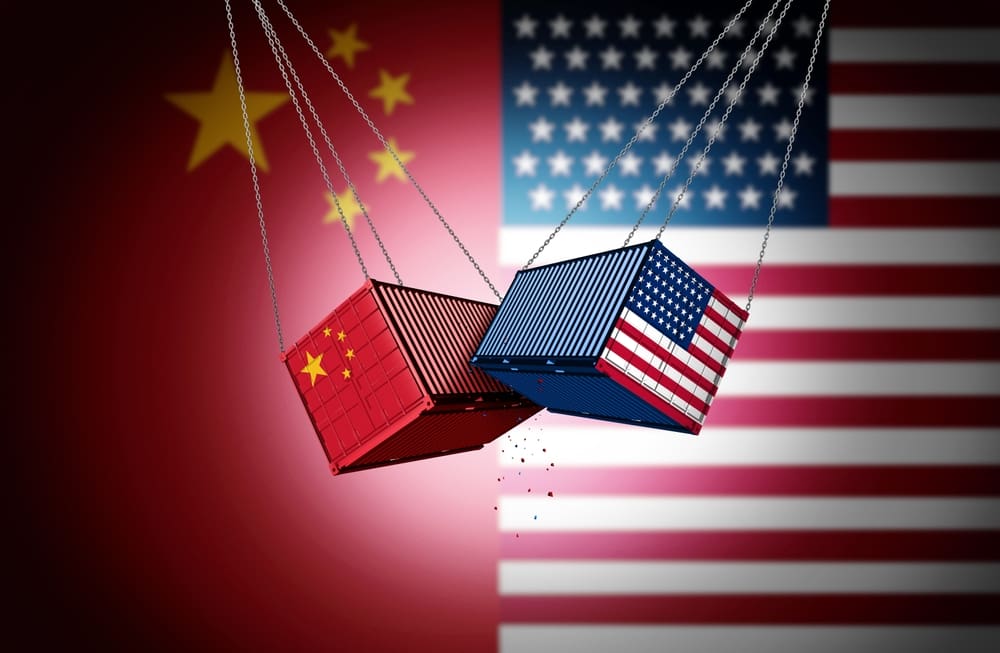Today marks the enforcement of new tariffs by China on a range of agricultural products from the United States, adding fuel to the ongoing trade conflict between Beijing and Washington.
This action is seen as China’s direct response to the U.S. having imposed heightened tariffs on Chinese goods. The situation continues to worsen, impacting global trade dynamics and the bilateral relations of the two world powers.
China’s newly imposed tariffs are set between 10% and 15%. The 10% tariffs apply to products such as soybeans, pork, beef, fruits, vegetables, sorghum, and dairy products. Meanwhile, the 15% tariffs affect items like chicken, wheat, corn, and cotton.
Additionally, China has placed 15 U.S. companies on its export control list, further complicating the trade situation. They have also added 10 companies to what is termed as the ‘Unreliable Entity List’, aiming to restrict critical technology transfers to the U.S.
The friction escalated when former U.S. President Donald Trump announced doubling tariffs on Chinese imports to 20%, a decision that led to this retaliatory move by Beijing. Chinese authorities criticize this as a burden on American enterprises and consumers, undermining economic cooperation.
Chinese commerce minister Wang Wentao emphasized that coercion tactics would not succeed, while Wang Yi, the Chinese foreign minister, denounced perceived U.S. hegemonism. He questioned whether U.S. policies have really managed to reduce trade deficits, control inflation, or enhance citizens’ quality of life.
Moreover, the Chinese Embassy in Washington signaled readiness for a prolonged confrontation should the United States maintain its stance of escalating the trade war.
The roots of the conflict are complex, with Trump defending U.S. actions by citing China’s alleged insufficient efforts in controlling the fentanyl flow into America. China rebuts this, highlighting its stringent anti-drug policies and visible results in controlling the production and trafficking of fentanyl.
The new tariffs are particularly detrimental to the U.S. agricultural sector, with China being a major export market despite a reported 20% drop in recent years. This development creates potential for other countries, like Brazil, to fill the gap in supplying China with crops such as corn and sorghum.
While Beijing’s measures are cautious not to impact prominent U.S. conglomerates heavily reliant on the Chinese market, economic analysts suggest a calculated approach could mitigate wider repercussions. The unfolding situation presents opportunities and risks for global agricultural markets.
The escalating trade tension between China and the U.S. highlights a significant shift in global economic strategies. As both nations stand firm, the worldwide economic landscape is bound to experience further changes, prompting other countries to navigate these evolving trade channels strategically.








